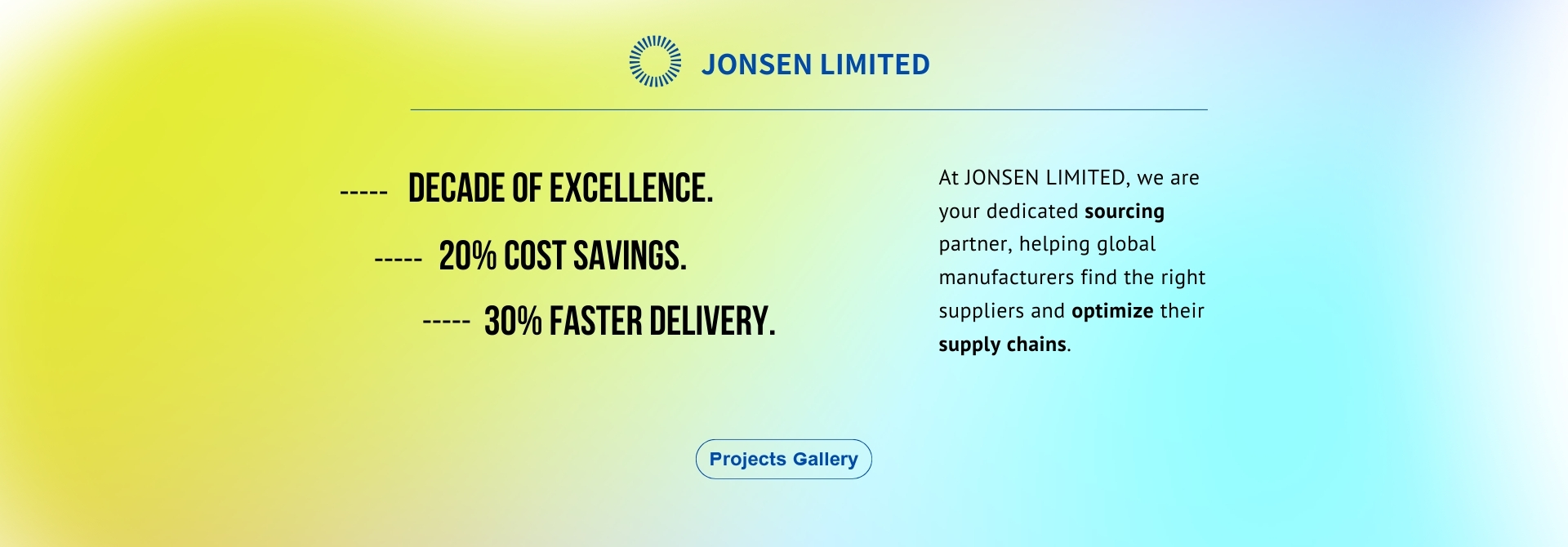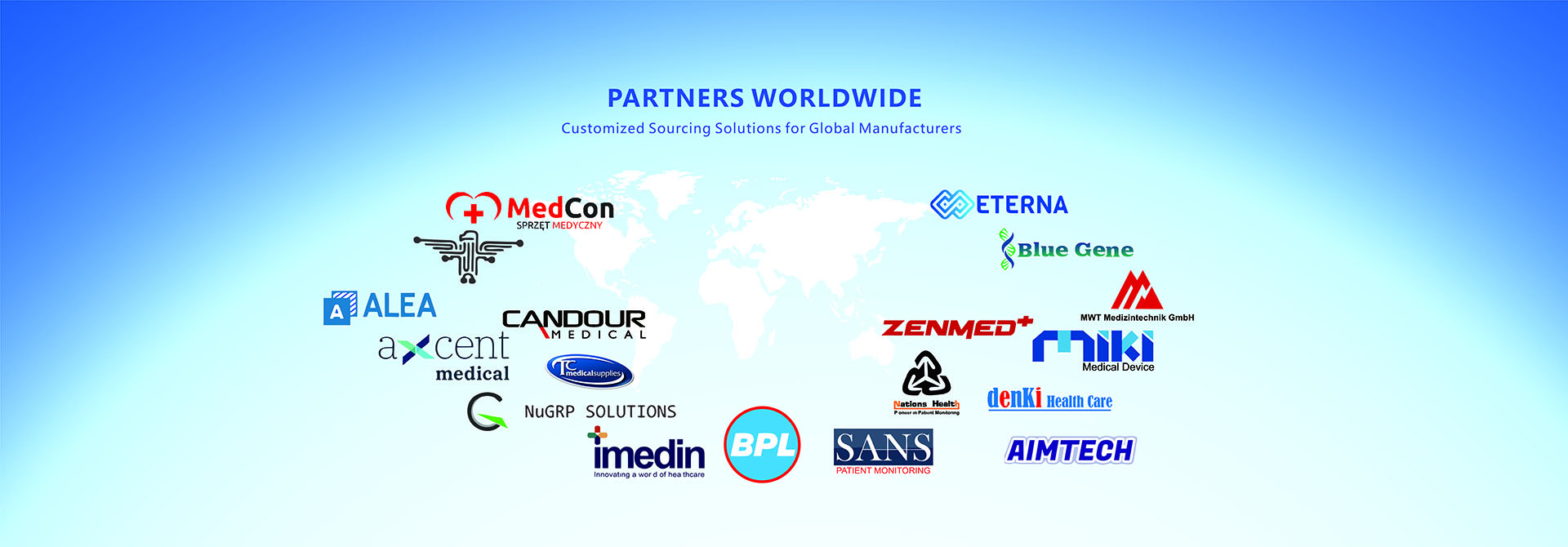News information
Focus on the latest news, familiar with the industry dynamics, a short time to understand your new news dynamics
New Trends to Enhance Efficiency and Accessibility
来源:
|
作者:trading-100
|
发布时间 :2014-08-27
|
703 次浏览:
|
分享到:
In recent years, the healthcare industry has been experiencing a significant transformation in its procurement methods, with the increasing adoption of e-procurement. This shift is bringing about numerous benefits and changes in the way medical supplies and equipment are acquired.
In recent years, the healthcare industry has been experiencing a significant transformation in its procurement methods, with the increasing adoption of e-procurement. This shift is bringing about numerous benefits and changes in the way medical supplies and equipment are acquired.
The traditional procurement process in healthcare often involved complex procedures, long negotiation periods, and a lack of transparency. Hospitals and medical institutions had to deal with multiple suppliers, request quotations, and conduct extensive paperwork. However, e-procurement is changing this landscape. With the help of digital platforms, healthcare providers can now access a vast range of products and services from around the world. They can compare prices, specifications, and customer reviews with just a few clicks, saving significant amounts of time and effort.

Moreover, e-procurement is improving the efficiency of inventory management. By having real-time visibility into stock levels and procurement history, hospitals can better plan their purchases and avoid overstocking or running out of essential supplies. This not only reduces costs associated with excess inventory and expired products but also ensures that patients receive timely treatment.
In addition to efficiency gains, e-procurement is also enhancing the accessibility of medical supplies. In many developing countries, the lack of a reliable and efficient supply chain has been a major obstacle to providing quality healthcare. E-procurement platforms are helping to bridge this gap by connecting hospitals in remote and underserved areas to global suppliers. This means that even in the most far-flung regions, medical facilities can now access the latest medical equipment and supplies, improving the overall standard of care.
Another significant advantage of e-procurement is the increased competition among suppliers. With a larger market reach and more transparent pricing, suppliers are forced to offer better quality products at more competitive prices. This benefits healthcare providers as they can obtain better value for their money, ultimately leading to more affordable healthcare for patients.
However, the adoption of e-procurement in healthcare is not without challenges. Cybersecurity is a major concern, as the procurement process involves the exchange of sensitive information such as patient data and financial details. Healthcare organizations need to invest in robust security measures to protect against data breaches and cyberattacks. Additionally, there is a need for staff training to ensure that healthcare professionals can effectively use the e-procurement platforms. Some may be unfamiliar with the technology or may struggle to adapt to the new way of doing things.
Despite these challenges, the future of e-procurement in healthcare looks promising. As technology continues to advance, we can expect to see more innovative solutions emerging. For example, artificial intelligence and machine learning could be used to optimize procurement decisions by predicting demand and recommending the most suitable products. Blockchain technology may also be applied to enhance the security and transparency of the procurement process.
In conclusion, e-procurement is playing an increasingly important role in the healthcare industry. It is revolutionizing the way medical supplies are procured, bringing greater efficiency, accessibility, and cost-effectiveness. While there are still hurdles to overcome, the potential benefits are too significant to ignore. As the healthcare sector continues to evolve, e-procurement will undoubtedly be a key driver of positive change.



_TMrzP8.jpg)




